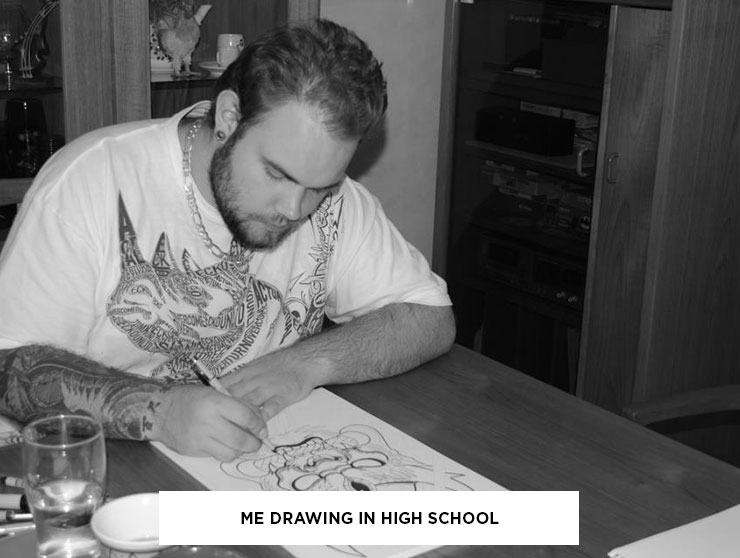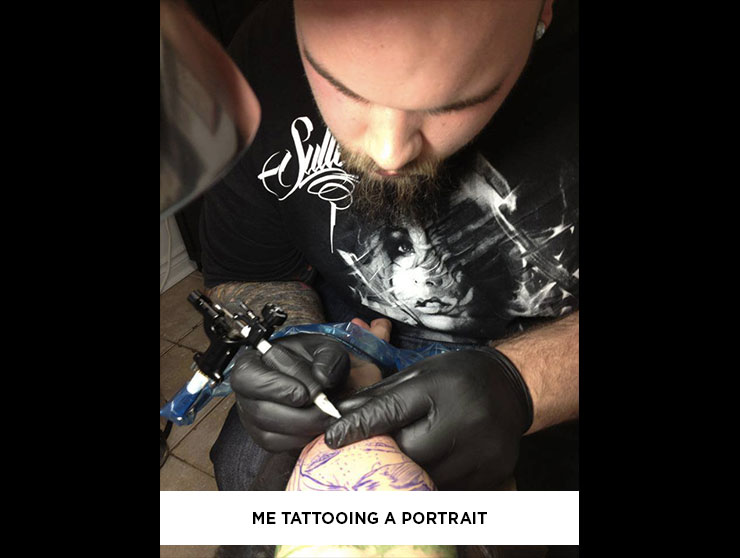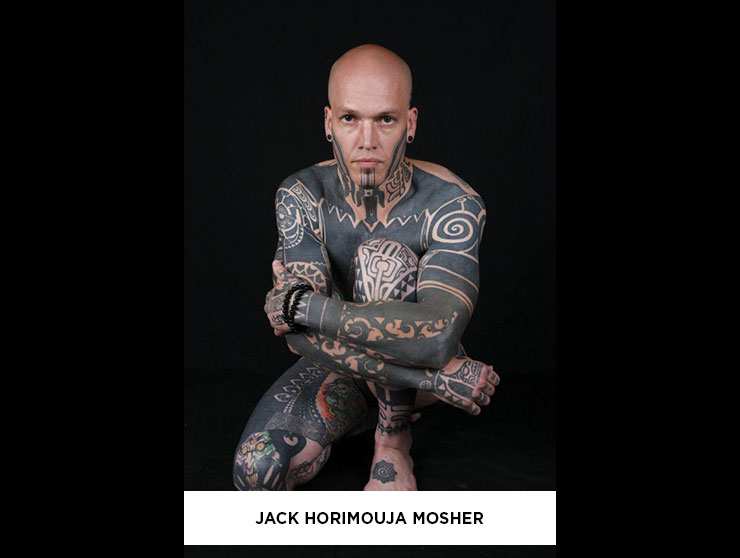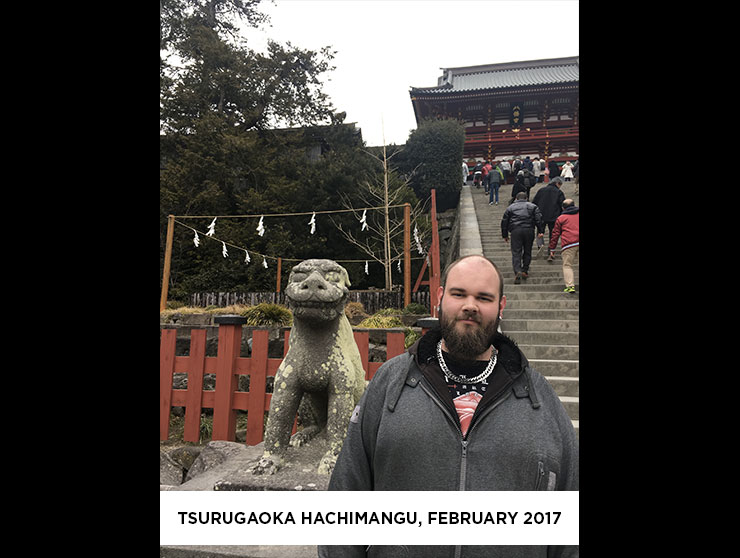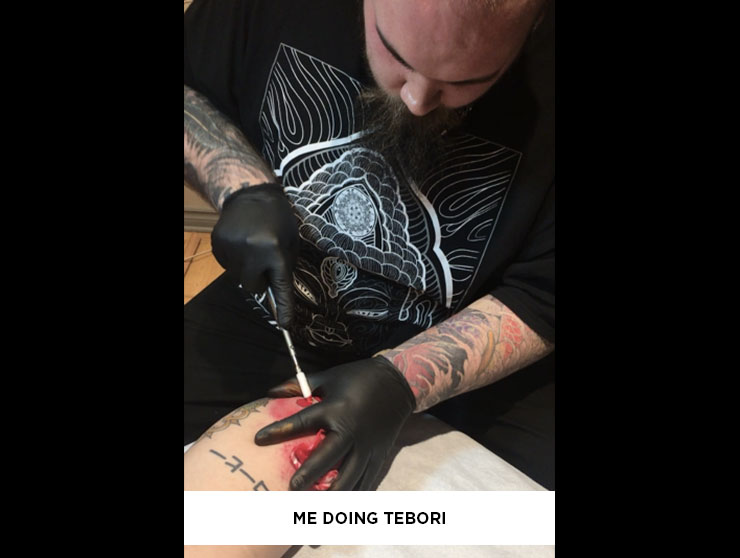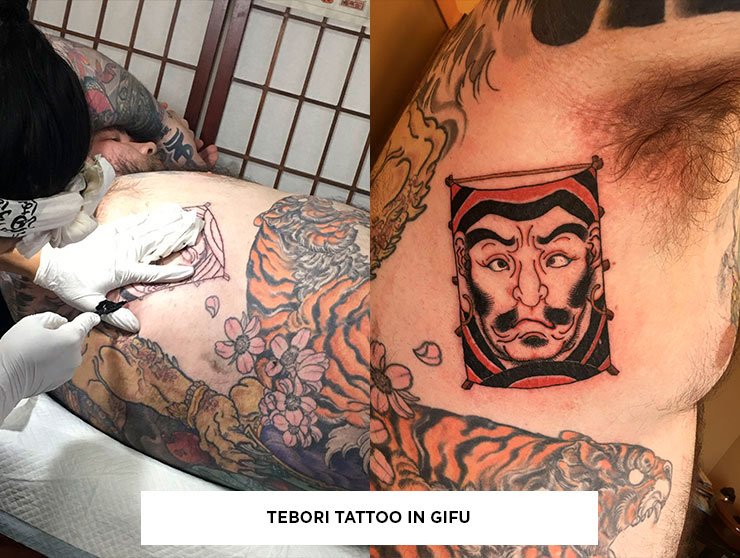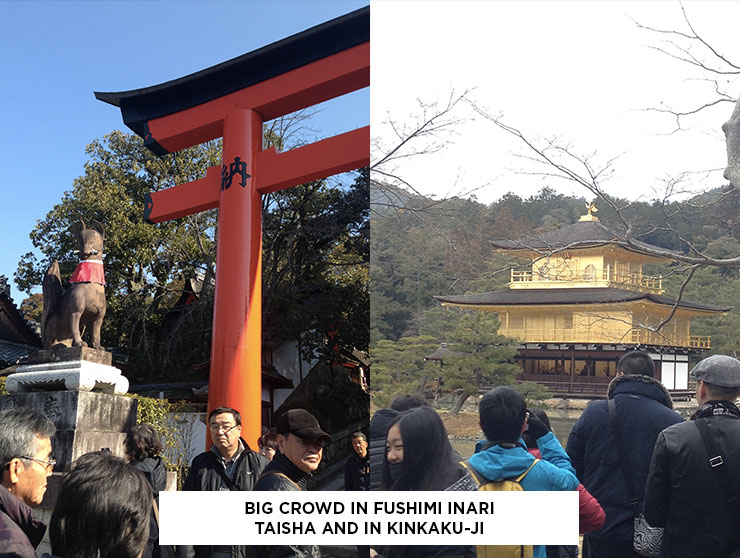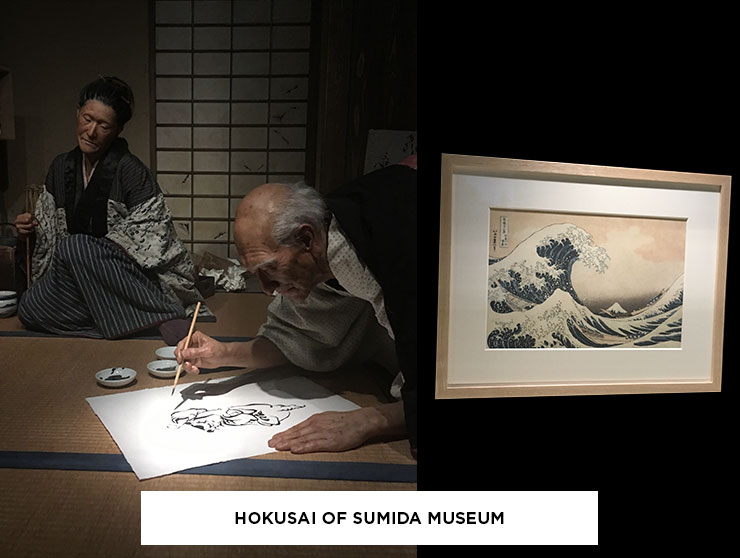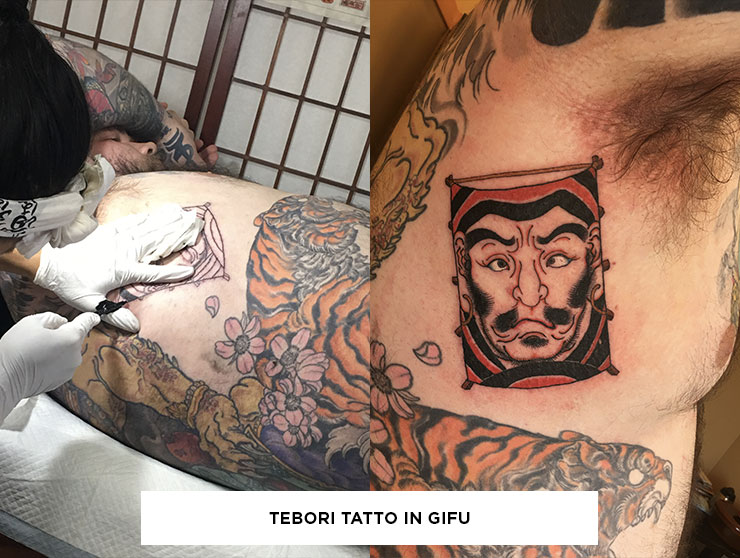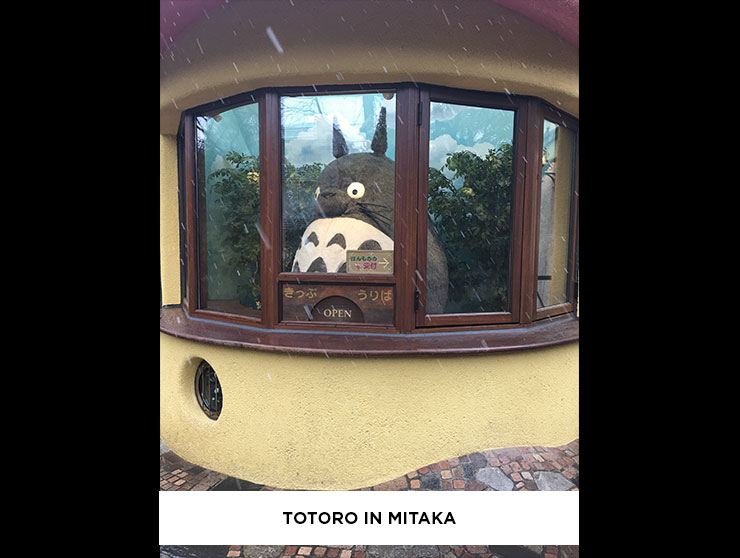Who Am I?
Who Am I?
Trudel Jean-François(28歳)タトゥーアーティスト。カナダ人です。 2007年から入れ墨して。Studio Zen Tattooの上司です。旅行、芸術、日本のタトゥーに情熱を注いでいます。
Jean-François Trudel, 28 years old, a professional tattoo artist since 2007 and owner of Zen Tattoo studio in Laval. A traveling artist, who is passionate about Japanese style tattoos.
At a young age, I was fascinated by tattoos. I would paint with my mother and always be drawing in my spare time. While in high school, I decided that I wanted to become a tattoo artist. I didn’t know anything about tattooing, so I started the wrong way: I took a tattoo class, which I attended every day after school. Tattoo classes are usually a rip-off as they are as they are not taught by working tattoo artists (their primary source of income is through teaching) and they don’t teach you much. You can’t learn an artform in a couple of hours; it requiresd a proper apprenticeship. But back then, I didn’t know any better.
My art program in CEGEP allowed me to improve my creativity and increased my interest in arts. My heart was still set on tattooing, so after completing CEGEP, I went to work full-time in tattooing. Without realizing it, I was starting the most passionate adventure of my life. I started to develop my skills by working in different tattoo studios across Montreal and Laval and was starting to get recognized for my realistic tattoo style.
I was doing every tattoo style, but the style that I loved the most was Japanese inspired tattoos. My love for Japanese style brought me to the US to get tattooed by Jack ”Horimouja” Mosher. Overly motivated, I managed to do my whole backpiece in 2 months (I wrote a blog about this story, check it out!) Not only did I get tattooed during that time, but I also spent most nights with Jack drawing and learning from him. It was an enriching experience! He taught me a lot of different techniques, which expanded my skill-set in Japanese style tattoos. Meeting with Jack motivated me to open my own shop in March of 2012. Since then, I managed to build a shop with a great crew of reputable artists.
Traveling is the best way to learn. I have traveled to Asia (visiting Japan 3 times), to the US and to Europe to learn and perfect my tattoo style: Neo-Japanese. I use realistic tattoo techniques (3D tattoos) and I combine them with the Japanese style to achieve a new style of Japanese tattoo where shadings and colors seem more realistic.
I have attended seminars given by the best tattoo artists, have been tattooed by the greatest tattoo masters and I have visited the biggest tattoo conventions all around the world. I’m very grateful to have had such great experiences! But what I cherish most, are the new friendships that I have made with artists as passionate as I am about tattooing.
Over the next years, I would like to work on my tebori tattoo technique which is a traditional Japanese hand tattooing technique. I’m still an apprentice in tebori. I have a deepest respect for this traditional art; therefore, I will take my time to perfect this technique with the help of some of my friends in Japan.
I will always be a student in tattooing as the learning never stops when you’re an artist. Thanks for showing interest in my art; I’m very grateful for my fans! Here are links to some of my work:
FACEBOOK: https://www.facebook.com/JFTRUDELART/
INSTAGRAM: https://www.instagram.com/jf_tattoo/
SITE WEB : www.jftattoo.com
The purpose of my trips to Japan
The purpose of my trips to Japan
Today, thanks to the Internet, we don’t need to go somewhere to really study on a subject. We can easily make researches on the symbolism of Japanese tattoos with Google. So then, why go to Japan? Because Google doesn’t understand the essence of this form of art.
I did three trips to Japan, and for each trip I had the precise goal to perfect my knowledge on Japanese tattoos. For a more elaborated description of those trips, you can consult my blogs about each one of them.
The first trip was an initiation trip. As a “gaijin”, meaning a stranger, I went to Japan without speaking the language. It was mostly for tourism. During that trip, I totally imbibed myself in this world where both tradition and technology coexist. The contrast is very obvious, especially when we walk through small streets and stumble upon a temple in between skyscrapers.
I stayed around Tokyo with the intention of visiting temples and museums. Did you know that Japan is one of the countries that has the most museums? Indeed, there is more than 5 614 museums in the country. From my understanding, the government encourages the opening of museums and the sharing of their culture by benefiting the collectors with a tax benefit. For the visitors, the museum is a simple and cheap activity. Sometimes, it’s even free for those who live in the region. A vast majority of temples offer to visit a small museum for the equivalent cost of 2$. Museums as well as temples have a big piece of Japanese’s hearts and culture. Therefore, it was really important for me to see as many as I could.
Edo Tokyo Museum
I fulfilled a dream of mine during that first trip. I got tattooed by Shige in his mythical studio: Yellow Blaze in Yokohama. I got tattooed for two days straight on my arm. I was so focused on observing Shige work that I wasn’t even paying attention to the pain, or at least not as much as I usually would!
During the first trip, I also went to the Tattoo Bunshin Museum of Horiyoshi III. It is not really a museum, but more a personal collection of his own objects. For more than 60 years, he’s been collecting objects in relation to tattoos, coming from everywhere around the world and he then exposes them in this museum. Despite the overload of items considering the amount of space there is, this visit was important for me. As a tattoo artist that is passionate about Japanese style tattoos, I couldn’t pass by this amazing opportunity of visiting the workplace of the renown Horiyoshi III.
Thus, my first trip had the purpose for me to get familiar with the country and the Japanese style tattoos.
My second trip was to visit other parts of Japan. So, I went to Osaka, Nara and Kyoto. They are all cities with such history that it was important for me to dive in right in it. Tokyo became the capital of Japan in 1868. Kyoto had been the capital for almost a millennium and before that, Nara used to be the capital of Japan, hence why Kyoto and Nara are important cities with multiple temples and museums. Their history was very important during several key eras of Japan. In order to understand the Japanese culture, I wanted to visit these mystical places.
It certain that, once there, it’s a bit hard to capture the essence of these places because there are a lot of tourists. It’s a bit like trying to see the Mona Lisa at the Louvre museum. The number of tourists who take selfies and play elbow does not allow us to appreciate the places at their fair value. All of my pictures contain at least one tourist. I still managed to picture the essential I wanted to study and draw later.
This, the second trip allowed me to bring back many reference pictures to perfect my art and draw with a better understanding of the Japanese culture.
The third trip to Japan had two main goals: the one to go back as much as possible to the sources of Japanese tattooing, which is called « tebori », a traditional Japanese tattooing technique done by hand. The second goal being the study of Japanese prints.
The images of tattoos in Japan are based off Japanese prints. It is why Japanese tattoos have these specific features: colorful, exaggerated characters. This art was once used to ease the mass production of an image. This made the product more affordable and accessible to the population.
During that trip, I went to the Hokusai museum. This allowed me to go back to the essence of Japanese tattoos, because we must not forget that Japanese prints are the roots of this form of art. The undisputed master of Ukiyo-e is Hokusai.
I met up with a tattoo artist and friend in Gifu to get a tattoo using the tebori technique. Before starting the tattoo session, we went praying to the Daruma-Dragon temple of Gifu, therefore blessing the tattoo. Thereafter, Tomoya proceeded to tattoo me for seven consecutive hours on my rib cage. I can tell it was probably one of the most painful tattoos. The design was created according to the rules of traditional Japanese tattoo: a kite with a Daruma.
I also treated myself by going to the Ghibli Studio museum in Mitaka. I have a lot of respect for Hayao Miyasaki. Not only he is one of the biggest animated film directors, but he is also a master of watercolor painting.
Thus, the third trip allowed me to discover the traditional side of Japanese tattoos and the devotion of the artisans towards their master and their art. This essence is what I’m constantly seek to reproduce in my artwork.

